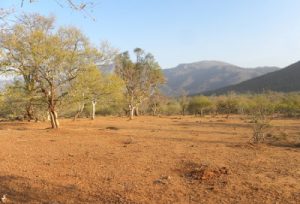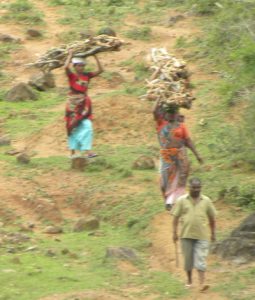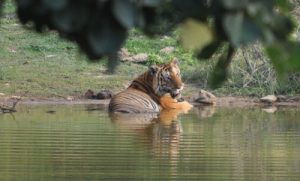Greta Thunberg, Extinction Rebellion and the march of folly

Overgrazing is a problem, overgrazing is a problem, overgrazing is a problem – does anyone care?
Greta Thunberg, the teenager from Sweden who became a climate change activist, does not need any introduction. Everyone knows that she stopped going to school in 2018 because she thought she has no future since “nothing” was done to fight climate change. According to her, climate change may de-stabilize our civilization. She has established herself as a leading figure of protests worldwide.
Extinction Rebellion may not be so well-known because it is still limited to Europe, Australia and a few countries. This is a civil disobedience movement that attempts to force governments into action in order to protect species (including us humans) from extinction due to excessive environmental degradation.
Greta Thunberg is a heroine for many and a puppet for others. She is pictured in some media as acting for the “rich”. Extinction Rebellion, a movement of young people is labeled “cult”, “doomsday worshipers” and many other names. Even though Extinction Rebellion is attempting to remain peaceful, governments give stronger and stronger responses to their actions.
One may say that these movements by the youth are fashionable group reactions. Others argue that if we examined the situation rationally, we would not follow such extremes. This is ignoring the fact that government agencies have been looking rationally at climate change for 50 years. Appeals to change the business-as-usual routine have been by-and-large ignored. Most countries adopt minimal budgets to address climate change. Conservation is of lower priority. No amount of data, interpretation and demonstration has convinced decision-makers to act forcefully on the clear and present danger ensuing from the systematic destruction of the biophere.
Many scientists of various disciplines understand the peril posed to civilization. They are becoming more vociferous because deniers get most attention in the media. Biologists, who generally are not inclined towards activism are warning us clearly, on paper, against the environmental catastrophe which is unfolding now. This warning available here is signed by 23,000 of them from 180 countries. This should look more worrisome than Greta Thunberg and our children in the street but it is ignored.
Reason is one of the most powerful and likable qualities of the human species. It works very well in self-inquiry, debate and science. For example, science depicts a fairly good picture of the condition of our environment. However reasonable discussion does not work when one side only pretends to pay attention but does not care – for decades. When a debate proves to be impossible, other forms of interactions come into play even though they do not satisfy anybody.
Jean-Philippe Puyravaud










